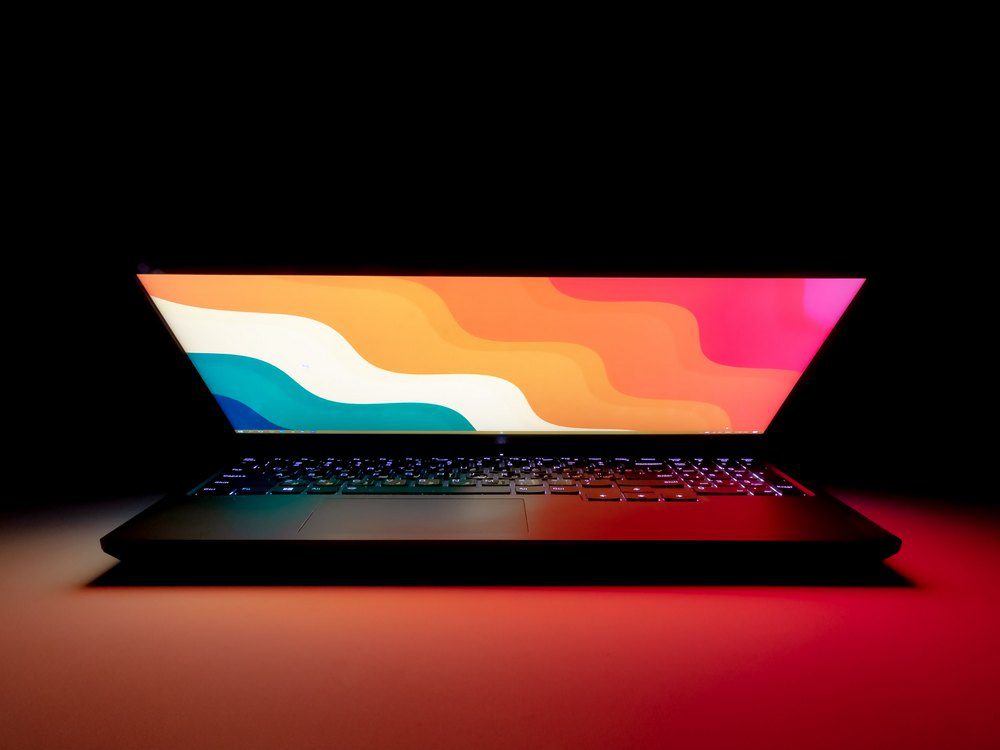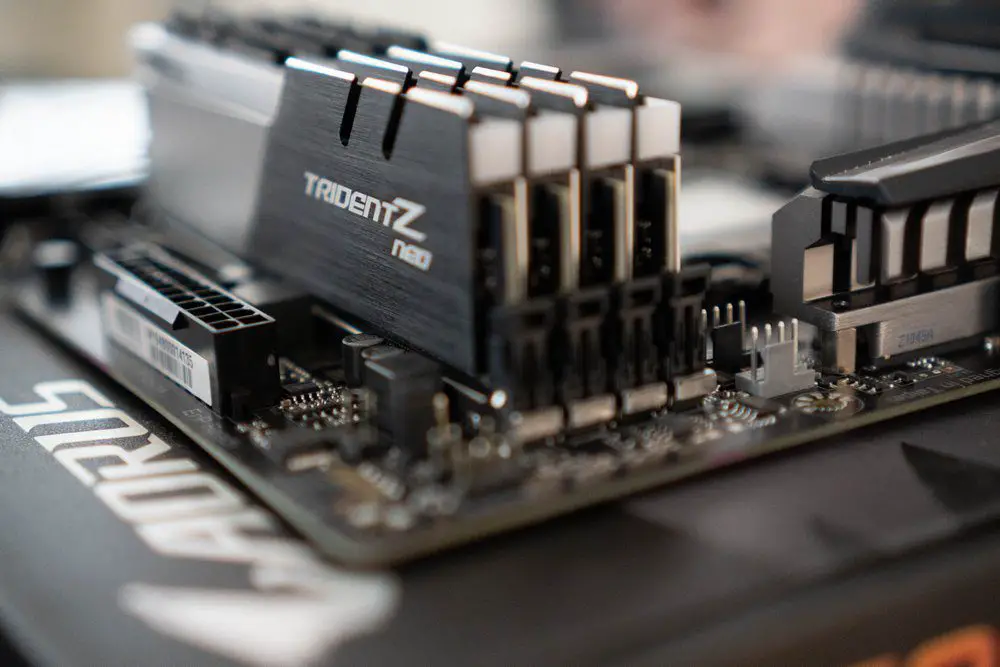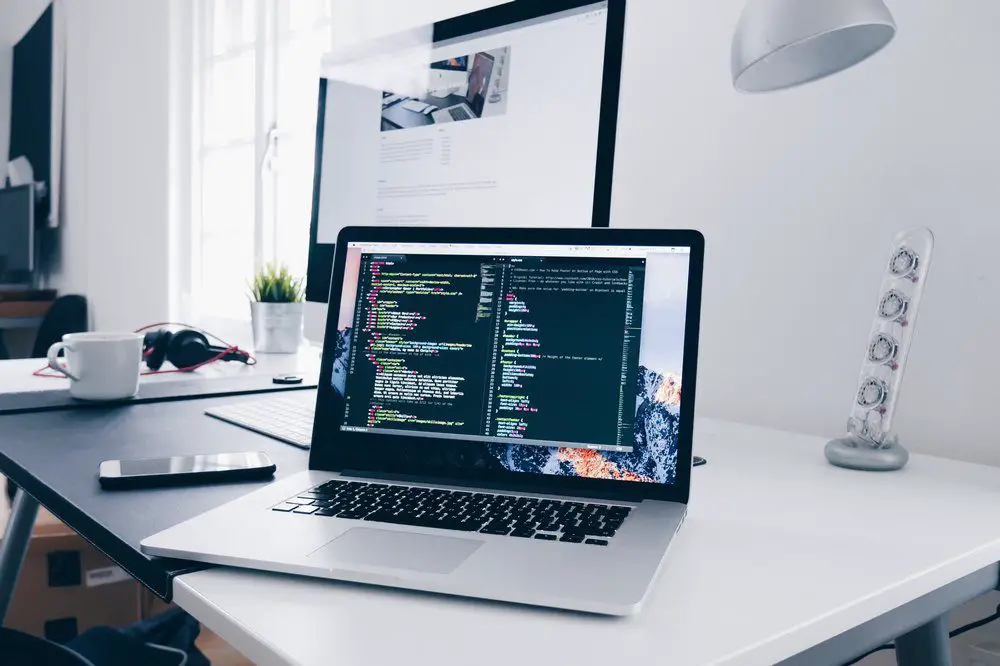Laptops are some of the most important pieces of technology for modern professionals. They provide portability and convenience for work and play. With so many options and configurations available, it can be difficult for anyone to decide which laptop best suits their needs.
Long gone are the days when laptops suffered performance issues compared to desktops. And the same can be said for screen resolutions with the best laptops now offering full 4k output coupled with the ability to display on multiple external monitors – or even your 85″ television!

This blog post is designed to provide valuable insight into the process of selecting the laptop that is perfect for a given individual’s particular needs. It will cover topics such as budget considerations, computing power, battery life, weight, and more.
Ultimately, the goal is to provide you with the knowledge necessary to make an informed purchase decision and get the best laptop for your particular requirements.
Contents
1. Determine your budget
The first step in selecting the right laptop for your needs is to determine your budget. Laptops can be purchased for as little as $200. At the other end of the spectrum, it’s possible to spend more than $5,000 but the $1,000 to $2,000 range offers many quality options that will suit almost everyone.
In determining your budget, You should consider factors such as how often you plan to use the laptop, and what tasks the laptop will be used for. This will guide you in how much money you are willing to spend to get the performance you need.
It’s also important to consider what kind of laptop you are looking for. Are you a gamer? Is yours a business use? Or will a budget laptop that you’ll just use for simple tasks like browsing or chatting with friends and family suffice?
Once you have established a budget, you can start looking for laptops that fit within it, comparing the features and functions of each.

2. Consider your primary use
Before you start looking at laptops, it’s important to think about your primary use for the laptop. Are you a student looking for something to take to class? A professional needing a machine for work? A gamer looking for something to play the latest releases?
Each of these use cases requires a different kind of laptop. Students will need a laptop with long battery life and a lightweight design for portability. Professionals will need a laptop with plenty of power for multitasking and a comfortable keyboard. Gamers will need something with the latest hardware and a high-quality, fast-to-refresh, display.
Of course, most of us will occasionally use our laptop in all of the above scenarios but knowing your primary use will help you narrow your search and find the right laptop for your needs.
3. Assess portability
The portability of a laptop is essential if you plan to take it with you to school or work. Before you buy, consider the size and weight of the computer. Will it fit in your bag? Is it too bulky to carry around? Does the battery life last long enough to get you through the day?
Also, consider if the laptop has a touchscreen or keyboard that folds around the back of the laptop to make it even more flexible, usable, and portable. Some laptops even have a detachable keyboard allowing them to operate as a tablet for drawing or watching movies.
Look for features like these that make it easier to transport.
4. Identify the Operating System
The operating system is a crucial component to consider when selecting a laptop. The operating system is the software that runs the laptop and helps you organize, manage, and access your files and programs.
Popular operating systems include Windows, MacOS, ChromeOS, and Linux. Each of these operating systems has its own unique features and benefits, so it’s important to look into each one to find out which is right for you and your needs.
Consider the applications (programs) that you will be using. The Windows operating system has – by far – the largest range of business applications available. On the other hand, MacOS (Apple) has built a solid reputation around its graphical capabilities. ChromeOS has been seen as mainly suitable for students but, based on my experience, is very much underrated as a business-first operating system.
Once you’ve chosen an operating system, you’ll be able to make an informed decision about the laptop that is best for you.

5. Research the specs and features
Once you’ve narrowed down your laptop choices, it’s time to research the specs and features of each model. The expectation is that the higher the specifications, the higher the price.
How much ‘computing power’ do you need? Will you be working with a lot of data or rendering large images? In this case, you will need a more powerful processor (CPU).
The amount of RAM (Random Access Memory) in the laptop will also impact directly performance. Again, based on personal experience, look for systems with at least 8 gigabytes of RAM if you intend to do much more than browse, write or chat with family.
What display size will suit your purposes? These range from around 10″ to 17″. While the smaller sizes offer exceptional portability, those with less-than-perfect eyesight might find more than very casual use stressful visually.
Physically compare screen resolutions to see what works best for you. Base-level displays are 1366 pixels across x 768 pixels vertically. That’s generally fine for browsing or writing emails but to get crisp images and fine detail, you will need to move up to at least 1920 x 1080 (1080P) resolution.
Graphics cards determine the quality of the screen image. If you intend to use your laptop for editing photos or video, or for design functions, you will need to ensure the video card is capable of performing to your requirements.
Storage capacity – the ‘hard disk drive’ – physically contained within your laptop, has become less important in recent years as cloud storage has become increasingly popular. Nonetheless, an absolute minimum should be 64 gigabytes. My experience is that 128 gigabytes are a good size for local storage.
Ports (the way you connect to external devices) and battery life should also be considered, but don’t get too caught up in the details. As long as the laptop fits your budget and is capable of meeting your needs, it’s probably the right choice.
Be sure to read reviews from customers who have purchased the laptop to get an idea of how well it performs in real-world scenarios.
In conclusion, picking the best laptop for your needs is a challenging but worthwhile task. Consider your budget, needs, and preferences before making a purchase.
Laptops can provide you with an array of options for staying connected, performing work tasks, playing games, and more. With the right laptop, you can enjoy the convenience of portability and the power of a workstation in one device.






